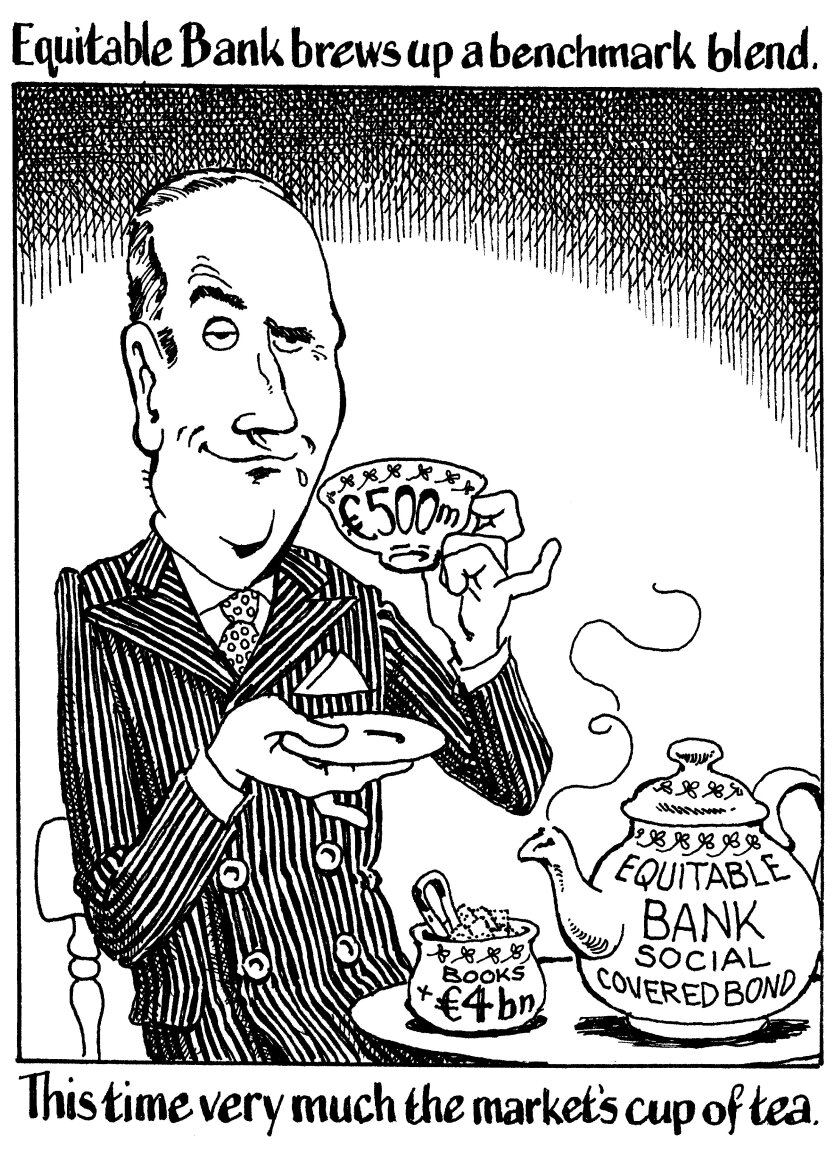The bid for duration is alive and well among buyers of SSA bonds in euros, which shows just how topsy-turvy that market is in an era of inflation prints that are at their highest for decades. The market won’t remain this kind for long.
Italy, Portugal, the European Financial Stability Facility and Slovenia have all printed euro debt beyond 15 years since the market reopened for the year.
Land NRW printed its fourth 100 year deal this week and won enough demand to launch a deal three times larger than the leads thought they were going to manage.
Eurozone inflation reached 5% in December, the highest level ever seen during the single currency’s existence.
The situation is counterintuitive. Inflation nibbles away at — or in the case of 5% prints, positively devours — fixed income returns. Locking in yields for 100 years in this environment seems like folly.
However, the market once again has the European Central Bank to thank for apparently defying gravity. The wall of cash generated from the Asset Purchase Programme and the Pandemic Emergency Purchase Programme has been enough to wash away worries about anything else — for now.
But the Pepp is coming to an end in March, to be temporarily replaced with an enlarged monthly APP buying schedule. If that is not the catalyst for rising yields, a more hawkish US Federal Reserve than expected — and the domino effect that will have on other western central banks — will do the trick.
The first parts of the market to shut will be the riskiest. Tourist investors that have ventured out of the shorter maturities to such exotic destinations as the 20 year point to earn yields that 10 year bonds once paid will relish the chance to head back home to more familiar risk profiles. Very quickly, going long will go from strong, to wrong.
